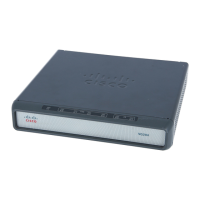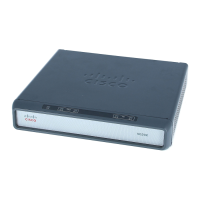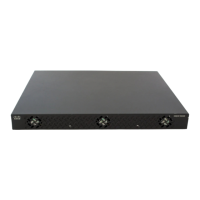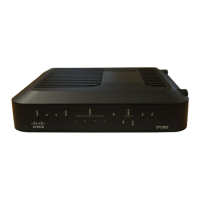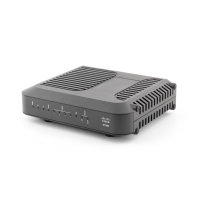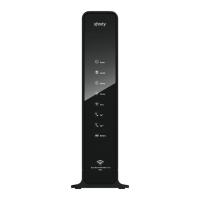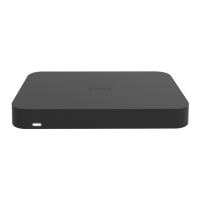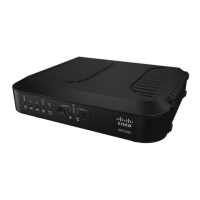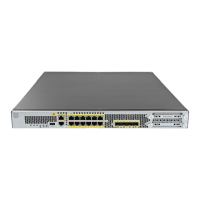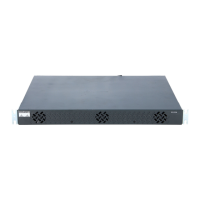Configuring ISG Accounting
How to Configure ISG Accounting
14
DETAILED STEPS
Examples
This section contains examples of output for the show subscriber session command.
show subscriber session Output When ISG Accounting Is Applied to a Flow
In the following example, ISG accounting is configured in a service profile that specifies a traffic class,
which means that accounting will be performed on the flow and not the parent session. In this example,
157 is the unique ID of the traffic class.
Router# show subscriber session uid 157 detailed
Subscriber session handle: E5000092, state: connected, service: Ltm Internal
Unique Session ID: 157
Identifier:
SIP subscriber access type(s): Traffic-Class
Root SIP Handle: 2B000011, PID: 76
Current SIP options: Req Fwding/Req Fwded
Session Up-time: 3 minutes, 45 seconds, Last Changed: 3 minutes, 45 seconds
AAA unique ID: 0
Switch handle: F300015F
Session inbound features:
Feature: Service accounting
Service: video1
Method List: remote-local
Outbound direction:
Packets = 84, Bytes = 33600
Feature: Policing
Upstream Params:
Average rate = 8000, Normal burst = 1500, Excess burst = 3000
Config level = Service
Session outbound features:
Feature: Service accounting
Service: video1
Method List: remote-local
Outbound direction:
Packets = 84, Bytes = 33600
Feature: Policing
Dnstream Params:
Average rate = 64000, Normal burst = 12000, Excess burst = 24000
Config level = Service
Command or Action Purpose
Step 1
enable
Example:
Router> enable
Enables privileged EXEC mode.
• Enter your password if prompted.
Step 2
show subscriber session [detailed] [identifier
identifier | uid session-id | username name]
Example:
Router# show subscriber session
Displays ISG subscriber session information.
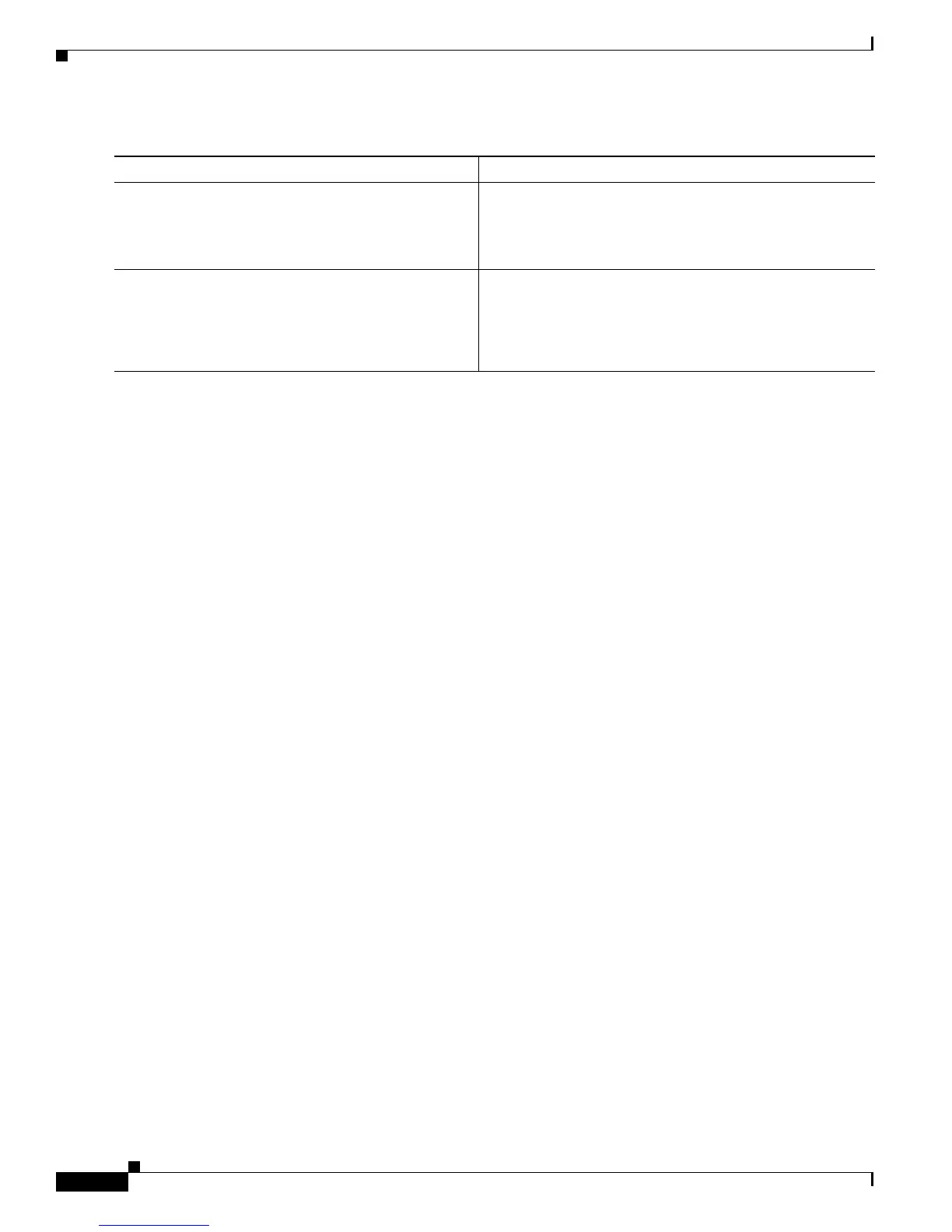